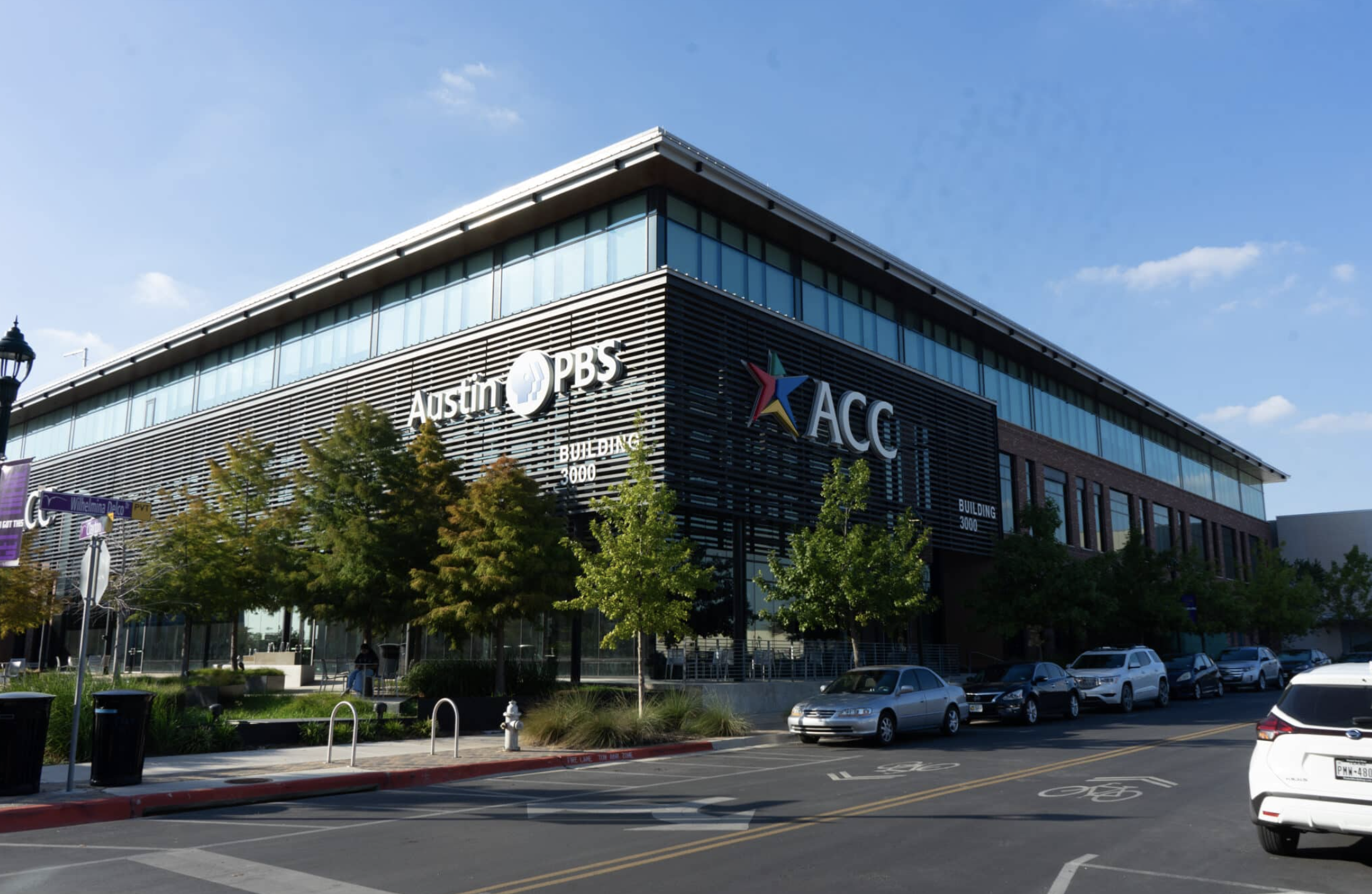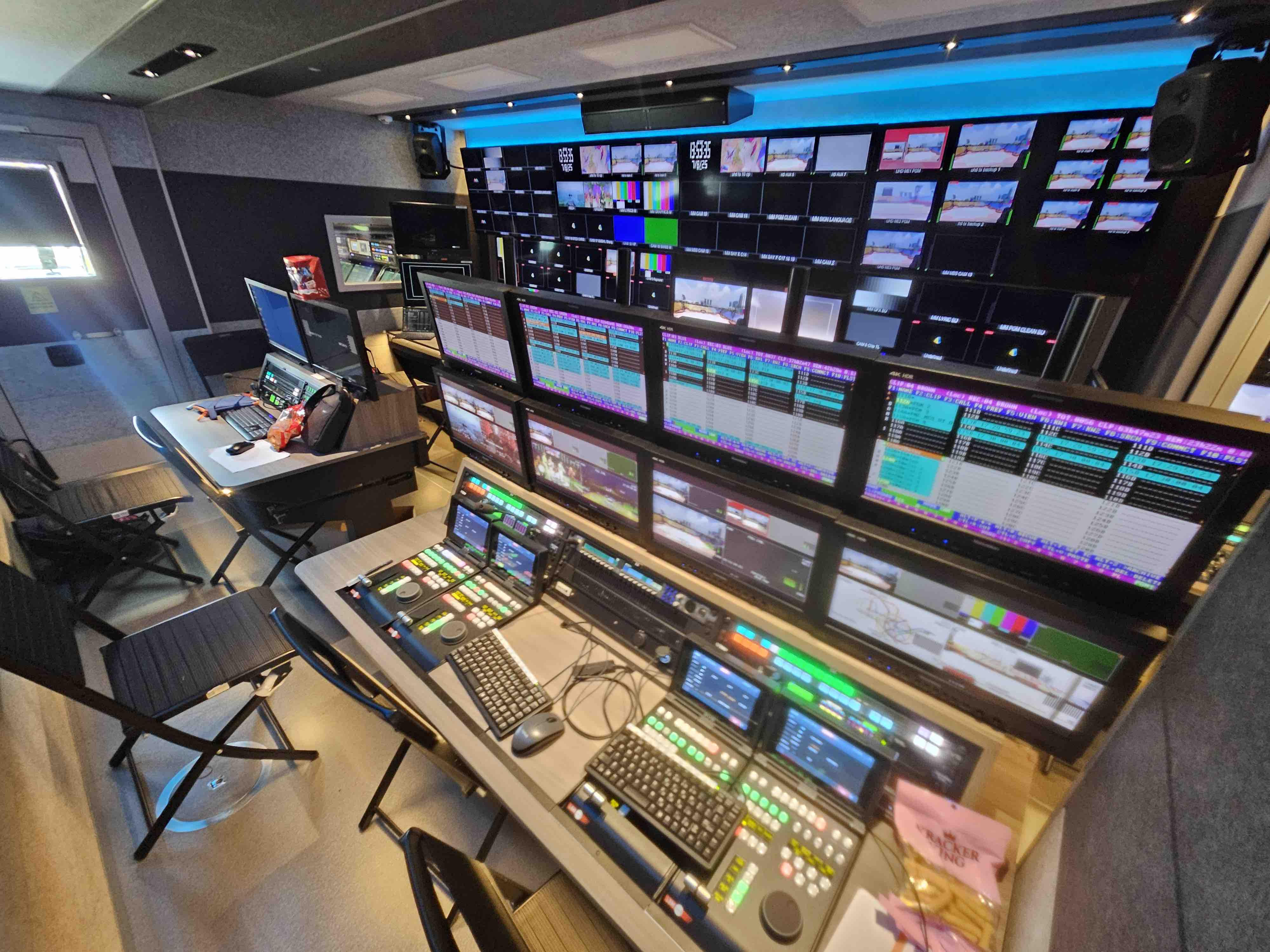Sponsored: Public Broadcaster Deploys Hyperconverged Production Tech For ‘Austin City Limits’
Austin PBS has upgraded its Moody Theater router with Ross Video's Ultrix, and more is on the way

“Austin City Limits,” the longest running music program on TV, has a storied history, presenting music legends and pioneers since 1974.
Since its launch, which featured Willie Nelson, the weekly show has presented a diverse set of musicians and bands, ranging from B.B. King and Elvis Costello to Garth Brooks and to Allison Krauss & Union Station.
Austin PBS, which is responsible for production of the PBS favorite, recently began a technology refresh to replace its existing technical infrastructure that’s been in place since 2011. First up was the router, which was replaced in February before the start of the show’s 51st season, says Chris Ostertag, Chief Technology Officer at Austin PBS.
The broadcaster selected the Ross Video Ultrix hyperconverged media processing platform to replace its aging router. The new 80x80 (five 16x16 3G-SDI cards) router is the first component Austin PBS deployed in its hyperconverged Ross Ultrix platform, which brings together multiple capabilities traditionally associated with individual pieces of equipment into an integrated solution.
“The hyperconverged option is able to replace routing and multiviewing, specifically, but also can do embedding and de-embedding,” he explains. “That’s important because we obviously have a heavy, heavy audio component to the ‘Austin City Limits’ show.”
“The Ross Video hyperconverged Ultrix also has enabled us to scale down the footprint of routing and terminal gear,” he says. Saving precious rack space is particularly important to Ostertag because the Moody Theater where the show is produced is not owned by Austin PBS.
Once the next phase of the tech upgrade, including multiviewer and terminal gear, is completed, Ostertag expects to free up about one full rack of space as well as remain “conservative” when it comes to power requirements, he says.
The professional video industry's #1 source for news, trends and product and tech information. Sign up below.
As an added benefit, freeing up space means Ostertag has more room to “space things out,” giving the broadcaster more cooling flexibility. “Our room isn’t really a full-on machine room with redundant CRAC [Computer Room AC] units,” he says. “We generally have good, but kind of normal, office cooling in that room. We feel a little bit better about cooling in there with a smaller, lighter footprint.”
Another important consideration in choosing to deploy a hyperconverged solution for “Austin City Limits” production was cost. “Price obviously is a piece of it, not having to buy all of these different technology components,” says Ostertag. “Plus, if something goes wrong, there is one place to go. It’s the same company for everything, the same chassis. There’s no room to point the finger at someone else.”
Beyond the Ross Video Ultrix, Austin PBS has also deployed a Ross Video Carbonite production switcher, he adds.
While the new technology supports 3G-SDI signal distribution and ultimately 1080i distribution via local public broadcasters, Ostertag is keenly aware that 1080p, high dynamic range (HDR) and even UHD might be in the future for the show.
“It’s going to depend on the trajectory of when PBS gets there,” he explains. “This is a nationally distributed PBS show and that will play a major role in deciding where we go from here.”
But Ostertag is confident the production facility will be able to adapt to any future eventuality, in part, due to the flexible hyperconverged technology vision at the heart of its ongoing technology refresh.
Systems integrator Key Code Media consulted on the design and installation of the equipment refresh for Austin PBS at the Moody Theater.
For more information be sure to check out the following resources:
